
You’ve got a taste for adventure. An urge to explore. A creative mind buzzing with ideas and a camera ready to fire at a moment’s notice. You, my friend, are thinking about starting a travel blog.
There’s no question it’s pretty much the best job in the world. Those who are successful lead the kind of life that’s the envy of everyone around them. Their Facebook friends lust over the endless stream of posts from all corners of the globe as they sit in their beige cubicles, ruefully clicking “Like” on photos of luxe safaris in Tanzania, selfies with monkeys in Panama and expeditions to Antarctica. They sleep in the world’s most impressive hotels, enjoy multi-course meals personally prepared by the head chef (always with wine pairings), and get behind-the-scenes access to attractions typically reserved only for VIPs.
Until they don’t.
Sometimes, they’re on a media trip that starts with a 6 AM wakeup and doesn’t return to the hotel until 10 at night, during which time they’re expected to edit photos on the fly and post to social media in real time (finding Wi-Fi is a whole other story) while taking notes for their articles and shooting video. Despite going back and forth with PR companies for months, they don’t receive an itinerary or even a confirmed flight booking until 20 hours before takeoff. Meantime, they manage a dizzying array of social media channels, engage with their audience, write articles, respond to a never-ending stream of e-mails, edit photos and videos and promote a destination…sometimes without earning a cent.
Still sound like something you’re into?
If so, then you’ve come to the right place because I’m someone who followed that dream and made it happen: since there isn’t a travel writing degree or anything, we all get to figure it out on our own and hope for the best. I’m constantly asked for advice from people asking how to start a travel blog business (AKA how to travel and make money), so I decided to save y’all some trouble and put all of my tips in one place. Without further ado, here’s the ultimate guide to starting a travel blog like a boss.
RELATED: 5 life lessons learned through 5 years of blogging
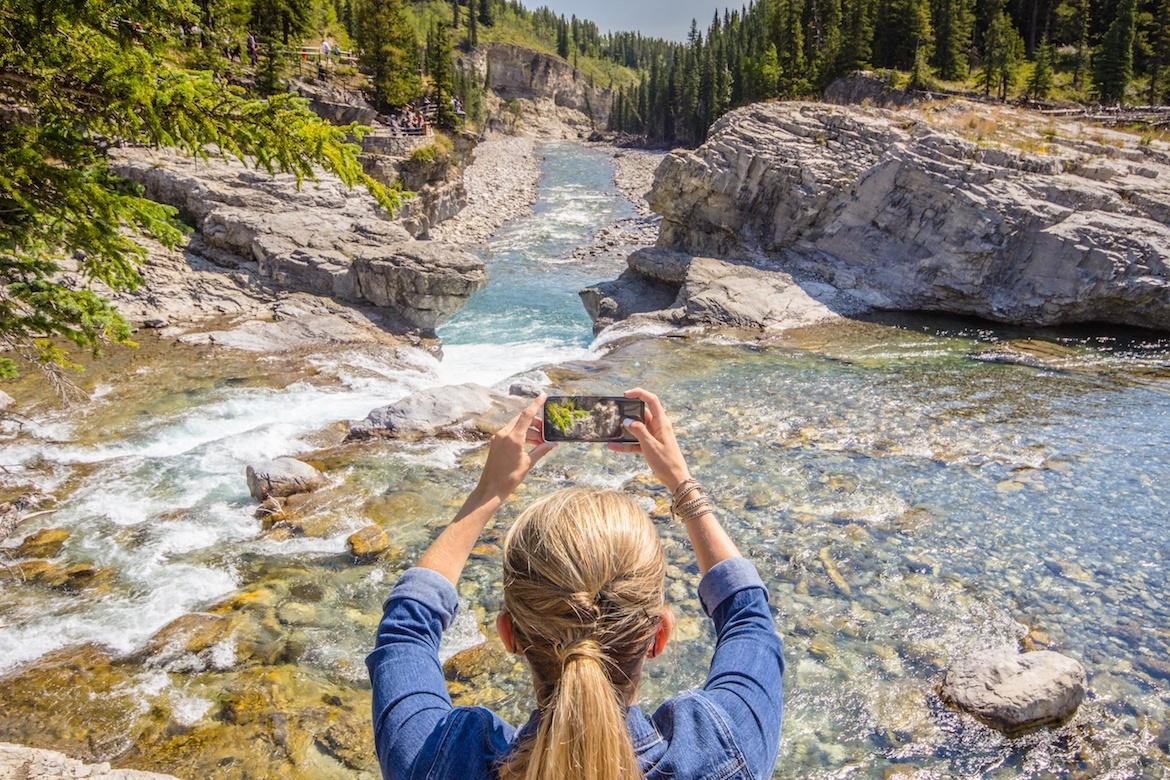
Skip to:
WEBSITE BRANDING
LAUNCHING A WEBSITE AND HOSTING
EQUIPMENT YOU’LL NEED
MARKETING
NETWORKING
BEST SOFTWARE
BEST APPS
Website branding
Before starting a travel website, think long and hard about your travel style, interests, strengths and goals. These help determine travel blog names and the focus of your site, which is key to setting yourself apart from the 4.3 million other blogs floating around the world wide web.
While it’s natural for websites to evolve, avoid limiting yourself out of the gate. For example, if you don’t think you’ll want to live as a vagabond until you’re 70 years old, perhaps stay away from branding yourself as a “carefree budget backpacker.” Also avoid highlighting things that might change over time, such as “Kid-free Travels” or “Solo Adventurer,” since it can be a pain in the @#$ to rebrand once you shack up with that hottie you met on the beach in Uruguay and have all the babies.
Unfortunately, even the most clever travel blog names names don’t always come to fruition because of one pesky thing: domains. Ensure that a URL is available to purchase that’s in line with your would-be brand name, as well as all of the social media channels you’ll need to secure. If not, move on to the next grand idea—there’s no time to waste!
How to start a travel website: Building and hosting
Now that you have your domain name and social media channels locked down, it’s time to get your content out there. When you’re first starting out it’s natural to go with the lowest cost option for site building and hosting, but keep in mind you get what you pay for. Here’s what I wish I’d known before starting a travel blog:
Build your site on WordPress:
Sure there are plenty of other options, but WordPress is the gold standard in the web world meaning there are plenty of resources out there should you need help troubleshooting or coding. Most plug-ins are also developed for WordPress, so you might be SOL if you want to install that great social sharing tool everyone’s raving about but you’re on a different platform.
Self-host your site:
WordPress.com is free, but they severely limit the types of configurations you can make to your site and will also run ads you can’t control (or profit from). There’s a 100 per cent chance you’ll eventually want to switch to WordPress.org, so save yourself the hassle and set it up properly from the beginning.
There are a crazy amount of web hosting companies out there, all with varying price ranges and offerings. Siteground comes highly recommended, thanks to their fab customer service and price points. I personally use Agathon, and their plans start around $80 USD per month which includes things like a SSL certificate, tech assistance and website security. The best part is the full-time monitoring, which usually means they’ll flag if your site has crashed, fix the error, and send you an e-mail letting you know what happened—before you even notice it was down in the first place!
Since the last thing you’ll want to do while trekking through the Amazon Rainforest is track down a 1-800 number, having a solid tech team in your corner is worth every penny.
Don’t put dates in your permalinks:
Unfortunately WordPress defaults to this setting which automatically includes publish dates in URLs (for example, globeguide.ca/06/2016/best-of-LA). It really serves no purpose and just makes all of your site links way too long, so pretty much everyone switches to the Post Name format (globeguide.ca/best-of-LA). However, that means you need to redirect anything you’d previously published, which is a PITA. Simply click on Settings, then Permalinks then Post Name before you publish anything to avoid the aggravation.
Get a SSL:
Purchase a SSL certificate with your hosting plan which makes your site secure (and will make your URLs start with https). Site visitors can rest assured they’re not clicking on spam, and it’s pretty much mandatory if you want Google to send you any search traffic.
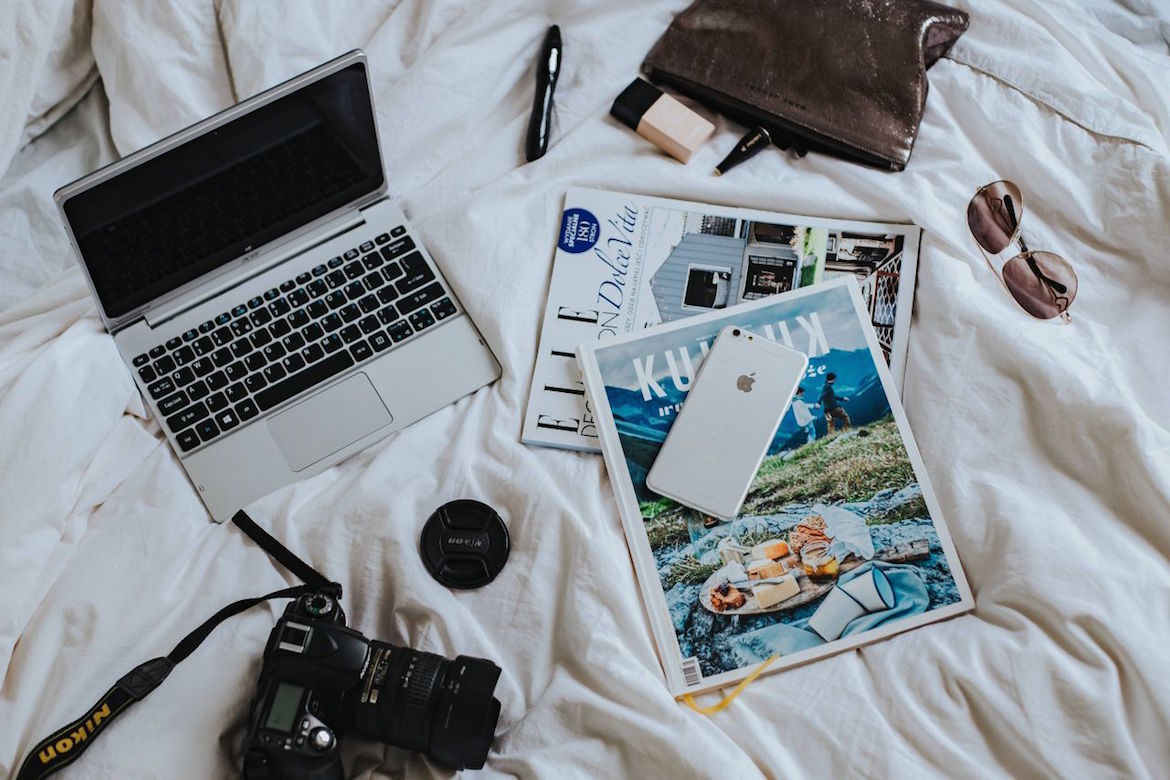
Best Apps
Beside the obvious social media apps, there are a few more I can’t live without:
Snapseed:
Holy guacamole is this ever a powerful and free (!!) tool. This is my go-to app for editing photos taken on my phone. There are so many editing options and filters that it can take a bit of getting used to, but once you do I guarantee you’ll never post another photo on social media without touching it up in Snapseed again! If only there were a desktop version…
Planoly:
You know how you can just get sucked into some people’s Instagram feed, because every photo is perfection and the gallery is perfectly curated? Planoly can help turn yours into that. Users upload photos in the app, then rearrange them in the grid to ensure their gallery has a cohesive look. You may think Instagram is as easy as posting a photo-of-the-day, but ask any serious Instagrammer and they’ll tell you the aesthetic of the entire account is what makes them successful. Check out my feed to see how I use Planoly to arrange my gallery by colour, then head to my pal Annette’s who does a great job of keeping her tones consistent no matter what she’s photographing.
Best Software
There are five programs I use regularly:
Lightroom:
Guys, this one is a game changer, and totally mandatory if you plan on taking your travel photography seriously. Lightroom is used by probably every single pro photographer for editing, and really takes images to the next level (or saves them if they’re under/overexposed, missing a blue sky, has a photo-bomber, etc.). It’s a beast to master, yet totally worth the steep learning curve.
KeySearch:
Oh SEO. What a necessary evil you are. SEO stands for Search Engine Optimization, and is basically the bible of how Google will rank your articles so people can actually find them. The object is to have your posts rank on page one, because as we all know nobody clicks past the first page on Google. That’s why the KeySearch tool is so important when it comes to making sure you’re not wasting your time writing a travel blog no one will ever read.
Here’s a great primer about how it helps your articles rank, and as a special bonus Globe Guide readers like YOU get 20% off subscriptions just by entering the code KSDISC at checkout!
Tailwind:
Pinterest is an amazing traffic driver (more on that later), and Tailwind makes it easy with the ability to schedule pins to multiple boards at optimized times. This means you won’t inundate your followers with 10 of the same pins in a row as you spread them across multiple boards (you DO belong to group boards, right?) and saves you a ton of time. Their upgraded plan costs $100+ per year, but to me it’s money well spent. (Use this special link to get one month of their premium plan totally free to try it out).
Canva:
Speaking of Pinterest, Canva is a free online tool makes it easy to create beautiful pins to help promote your stories. You can upload your own images into the Pinterest template, and add symbols and text overlays. (Tip: if you upgrade to a pro account, it automatically repurposes your pins with the correct dimensions for sharing on other social media platforms including Twitter and Facebook).
Buffer:
There are tons of social media scheduling tools out there, including Hootsuite, Tweetdeck and CoSchedule. I’ve tried them all and still prefer Buffer for my tweets, since it automatically pulls in associated images so I don’t have to track them down myself. Oh, and it’s free!
Equipment you’ll need
No two travel bloggers’ equipment arsenal is the same, so by no means is the following a comprehensive list. However, it’s safe to say most have the following at a bare minimum:
Laptop:
I love my MacBook Air, which is ridiculously light and slim meaning I can bring it with me on every single trip. Airplanes are where I get most of my work done!
Camera and lenses:
Unless you’re a pro photographer, there’s no need to shell out big bucks on a top-of-the-line travel camera, especially when you’re starting out. In fact, despite earning money from my photography I’m still shooting on a basic Canon Rebel t3i that’s probably worth about $50 now. Instead, I invest in great lenses like this wide-angle lens for buildings and landscapes (which I use about 95% of the time), a telephoto lens
for wildlife and a prime lens
for portrait or macro photography. A little lens can go a long way.

External hard drives:
Since you’re photographing in RAW format (or at least you will now that you know about Lightroom) your file sizes will be huge. Bring at least one external hard drive on your trip to back up your files, and keep it in a place separate from your camera in case one of your bags gets lost.
GoPro:
If you plan on doing any sort of adventure travel you’ll want one of these. I’m obsessed with my GoPro Hero5 which is waterproof, has a screen so I can see what I’m shooting, and voice-controlled for a hands-free experience. I typically use it for shooting videos, as well as underwater and time-lapse photography.
Smartphone:
Safe to say you already have one of these kicking around. Truly if there was only one thing I could bring on a trip with me it would have to be my phone, which I use for photos, videos, social media, note taking and of course staying connected. You’ll also want to look into the international roaming plans that your carrier offers, since trying to find Wi-Fi on the road can be a serious struggle and time suck. Being a Canadian, I use Fido Roam, which offers international roaming in tons of countries worldwide for $12 per day.
Marketing
Your site is launched, you’re starting to build up your social media channels, and you finally hit publish on your first article. Now the floodgates are open and readers just can’t get enough of your awesome site, right?!
Umm, probably not.
Unless you’re lucky enough to already be a celebrity (or at the very least, a Bachelor castoff) chances are nobody except your mom is reading your blog. But don’t take it personally or get discouraged—everyone starts that way! It all comes down to properly marketing your content, which can be a long and slow road.
My biggest piece of advice would be to focus on Pinterest—after Google search, it’s typically the most consistent and effective traffic referral. Facebook can be powerful at driving traffic for a day or two depending on the virality of your article, but Pinterest typically wins out over time.
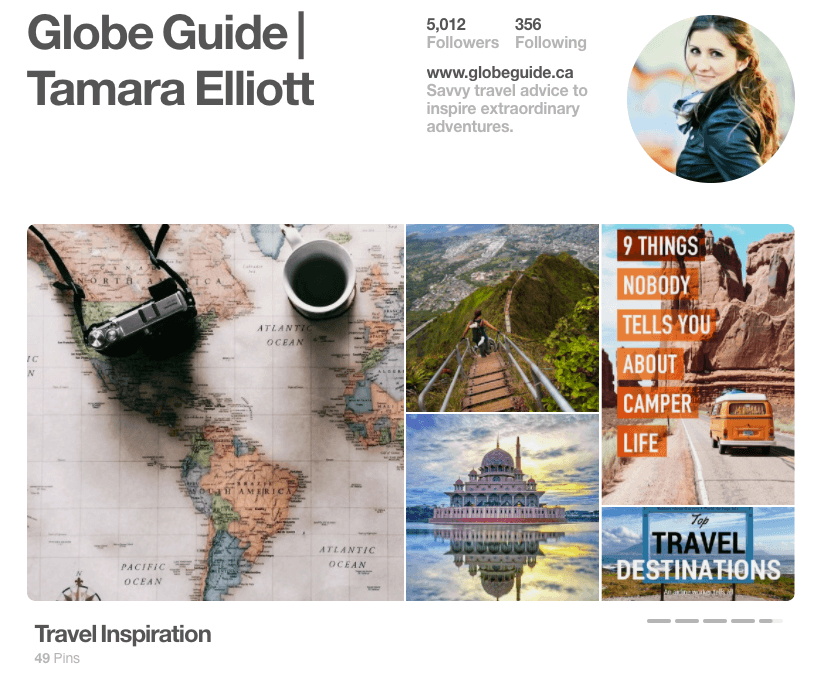
Aside from promoting your content on social media, other great ways to drive traffic are to join link sharing threads and encouraging others to share your content. For example, I always send a note to every destination/tour operator/hotel/etc. mentioned in an article after I publish it, encouraging them to share the link on their own channels. Quite often they do, which can be a great way to get more traffic and attract new readers.
Finally, don’t forget about traditional media. Establish yourself as a travel expert, then pitch a great story idea to producers and journalists so they’ll interview you for their TV or radio segment, newspaper or magazine article. It’s a great way to get your name out there and build credibility—and at the very least your mom will be excited to see you on TV.
Networking
I have no official numbers to back this up (#sorrynotsorry) but I’d estimate about 98% of press trip invites and paid campaigns are a result of a PR person personally meeting the blogger, or word of mouth. As you can see, networking is key. The good news is that most people in the travel industry are a friendly, fun bunch, and there are tons of ways to go about it:
Join a professional organization:
Options vary depending on where you’re based, but common ones are the PTBA, SATW, NATJA, ATTA and TMAC. They all have annual conferences, awards ceremonies, chapter meet-ups and monthly newsletters, which will give you valuable contacts and invites. Keep in mind most require a certain amount of monthly traffic to your website or freelance outlets to be eligible for a membership, so you might have to wait a year or two before applying.
Go to conferences:
Conferences are one of the best parts about travel writing, because you get to:
- Meet other writers and PRs
- Tour around the destination (and sometimes even get flights and accommodations covered)
- Learn from the professional development sessions and keynotes
- Attend so-called “speed dating” sessions, where writers go from table to table meeting PRs to get story ideas and hear about upcoming press trips.
There are a crazy amount of conferences each year all over the globe, so there’s sure to be at least a couple that will fit your schedule and budget. Each of the organizations mentioned above host at least one each year, and other popular ones include IMM, ITB, WTM and TBEX.

Have handouts:
If you’re going to operate as a business, you’ll need business cards. MOO has a ton of great options to fit all budgets, but I’m partial to Social Print Studio. I designed these beauties myself and SPS prints them on nice, thick paper. They’re more expensive than your average card, but I get tons of compliments on them and think it helps people remember me, so the higher price is worth it.
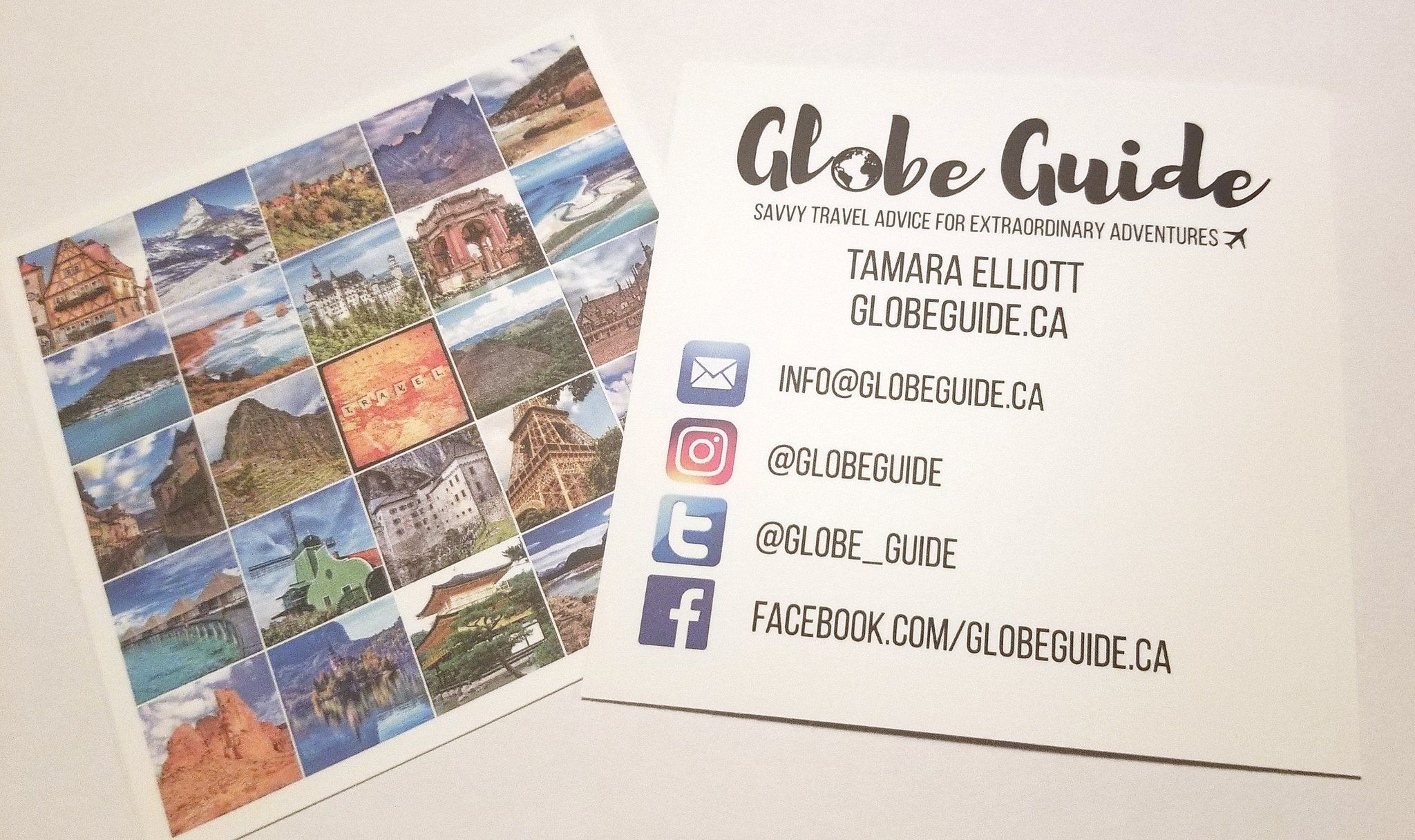
You’ll also want to create a media kit, which you can show or send to brands you’re hoping to partner with. There’s no template, but at a bare minimum you should include some background on yourself/your website, and analytics for your site and all social channels. I took it about 12 steps farther and include testimonials from PRs I’ve worked with, screenshots from previous campaigns, examples of who I’ve worked with in the past and comments from readers who have benefitted from my content.
Talk shop online:
There are loads of Facebook groups out there specifically geared towards travel bloggers, such as We Travel We Blog and Travel Massive. The latter has chapters all over the world, and frequently holds meet-ups (sometimes with amazing prizes) where you can meet each other in person. I also highly recommend joining Superstar Blogging, which is an extensive, constantly updated course that covers all things travel blogging. Basically, it’s this article times one thousand.
Members also have access to discounts on things like site hosting or themes, as well a secret Facebook group which most of the world’s top travel bloggers are in and are happy to answer questions.
Go Old School:
Finally, network the old fashioned way: ask someone you’d like to connect with if you can go for a coffee. I actually did this with a big tourism board where I live, and it turns out that despite us living in the same city and me writing about our province for 2+ years they’d never heard of me. We had a great meeting and they’ve ended up hiring me for campaigns ever since.
In conclusion…
Whew! There it is…everything I wish I’d known before starting a travel blog. Again, even these 3,082 words aren’t enough to scratch the surface, but hopefully this will start you off on the right foot. If you have any questions about how to become a travel blogger or how to make money travel blogging, leave them in the comments below and I’ll do my best to answer!
YOU MIGHT ALSO ENJOY:
Globe Guide’s tried and tested, all-time favourite travel accessories
Globe Guide’s travel bucket list
SHARE THE PINSPIRATION! CLICK THE IMAGE BELOW TO PIN:
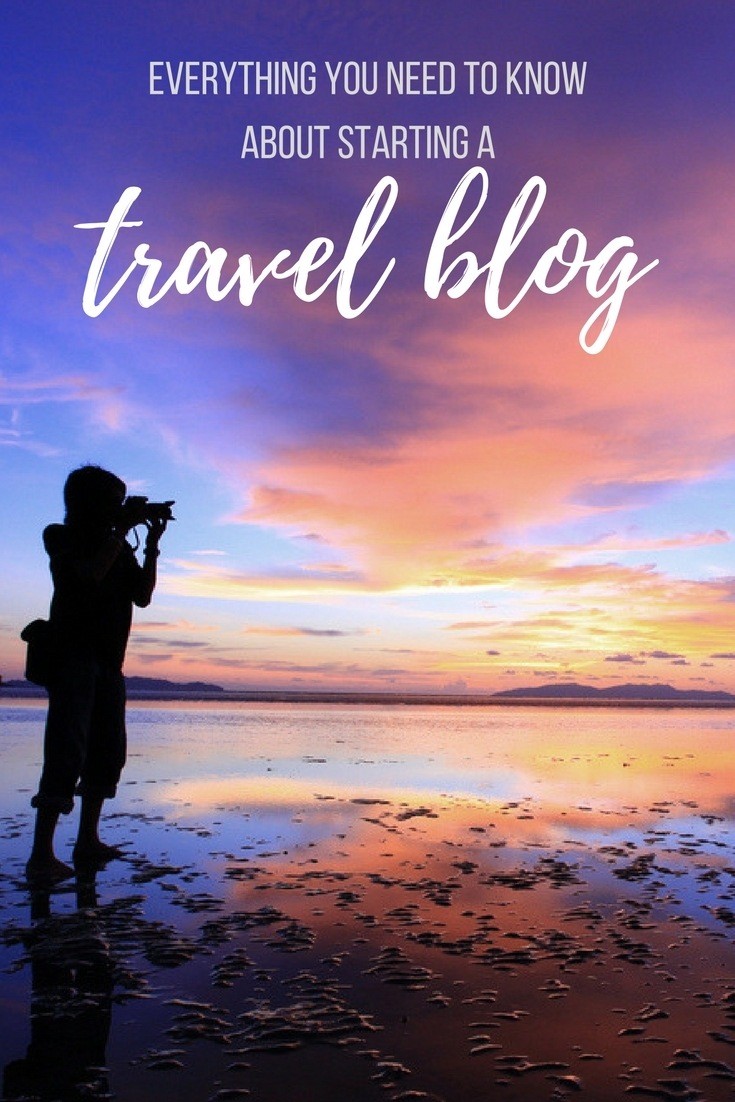
This post may contain affiliate links, which Globe Guide receives compensation for at no additional cost to you.

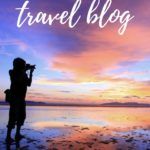
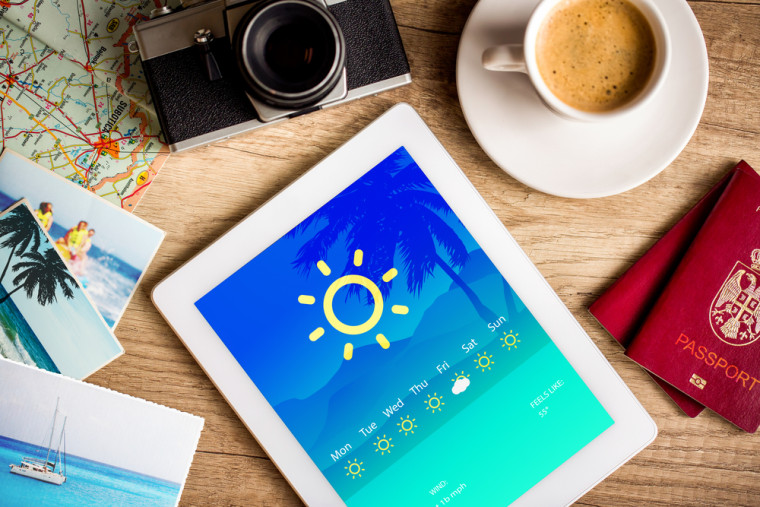

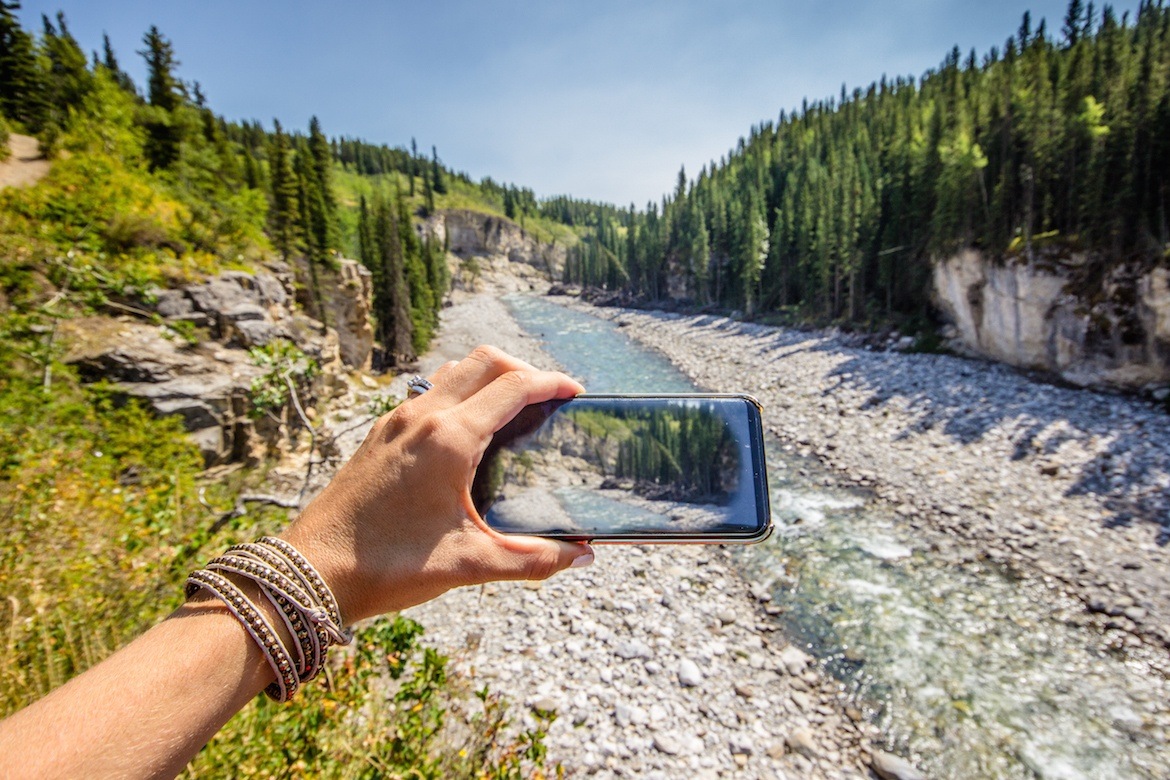
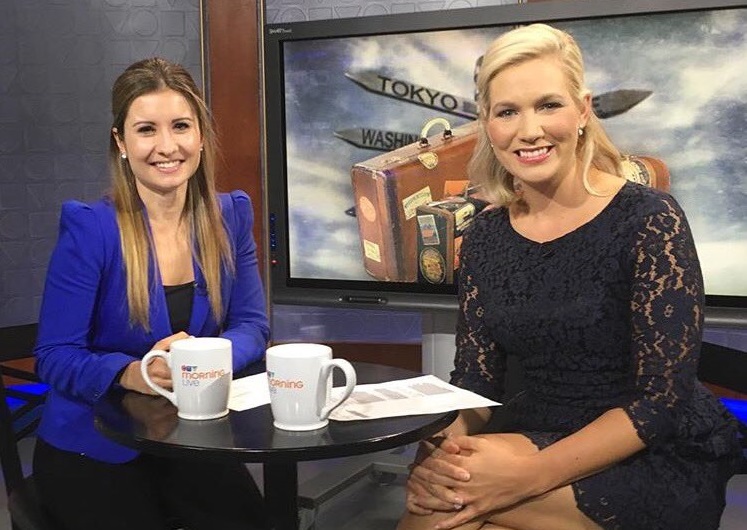
Pingback: Travel talk: The destination that most surprised travel writers - Globe Guide
Hey, nice read! I love the way you have explained it part by part! There’s a section where you have talked about social media scheduling and mentioned a few tools. Have you tried SocialPilot? It’s amazing plus free! Saves a hell lot of time plus it’s damn easy to use.
Thank Manvi, I’ll have to check it out!
Well you sure covered all the bases Tamara. I think I learned a thing or do. Now if I could only figure out that graduated filter on LR I’d be off an running.
PS I think I’m still working and it’s 8 PM and I’ve got a 12 hour day tomorrow – though granted some of it is skiing at Castle.
Thanks darling, glad even an experienced blogger like yourself picked up a couple tidbits!
Really excellent tips in here! Now searching if I’ve got my SSL certificate:)
Hmmm I don’t see a security warning on your site, so I think you’re good! 🙂
Pingback: How to Become a Travel Blogger - Adventures Around Asia
Pingback: 5 life lessons learned through 5 years of blogging - Globe Guide
“Fantastic blog article.Much thanks again. Really Great.”
Pingback: How to Become a Travel Blogger | Adventures Around Asia